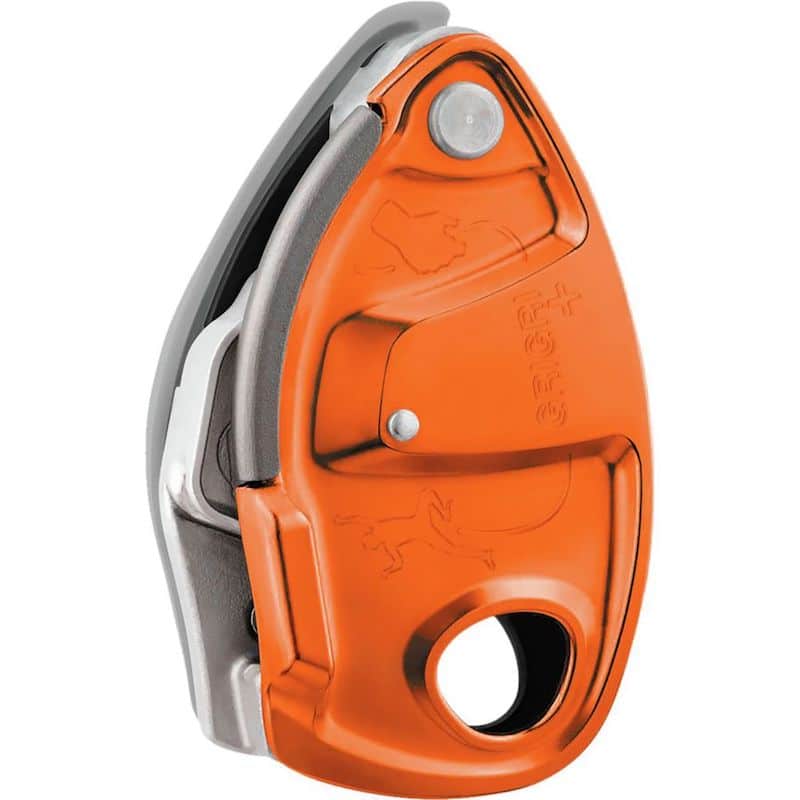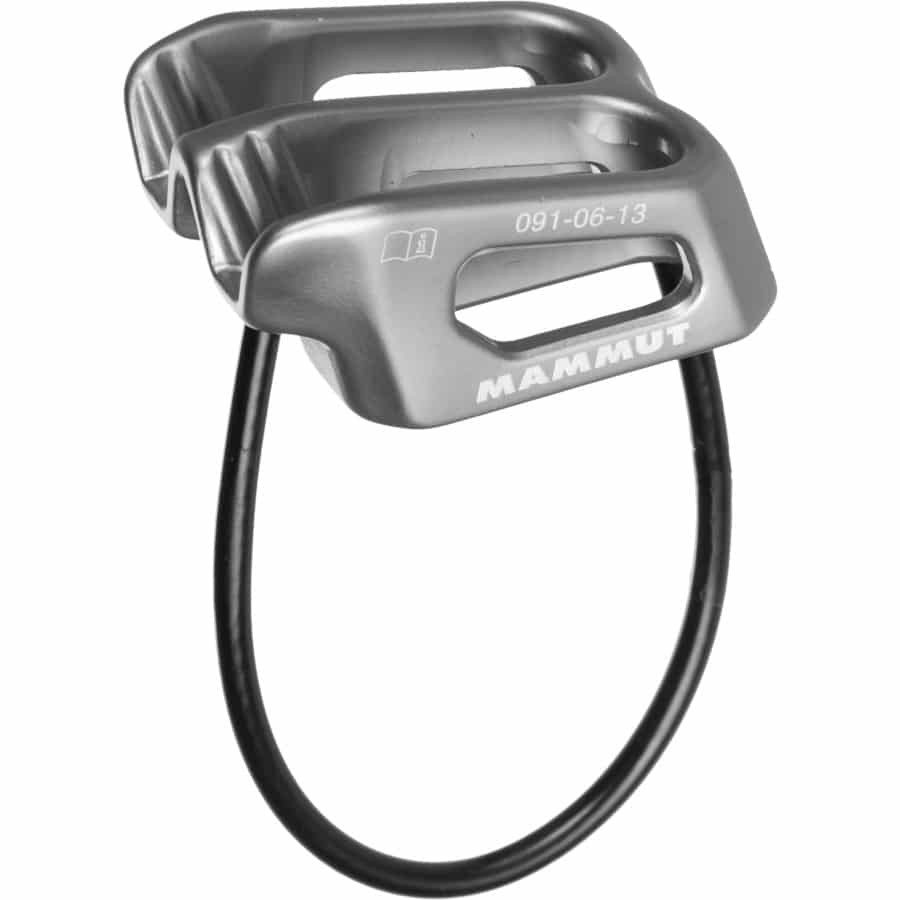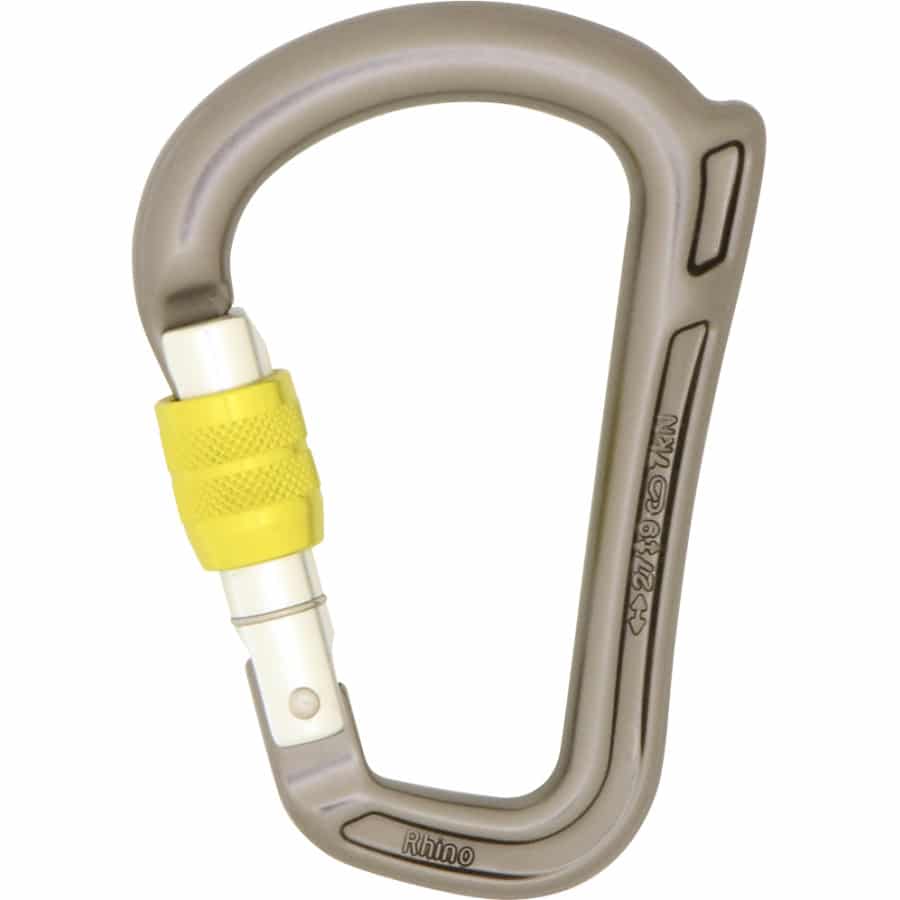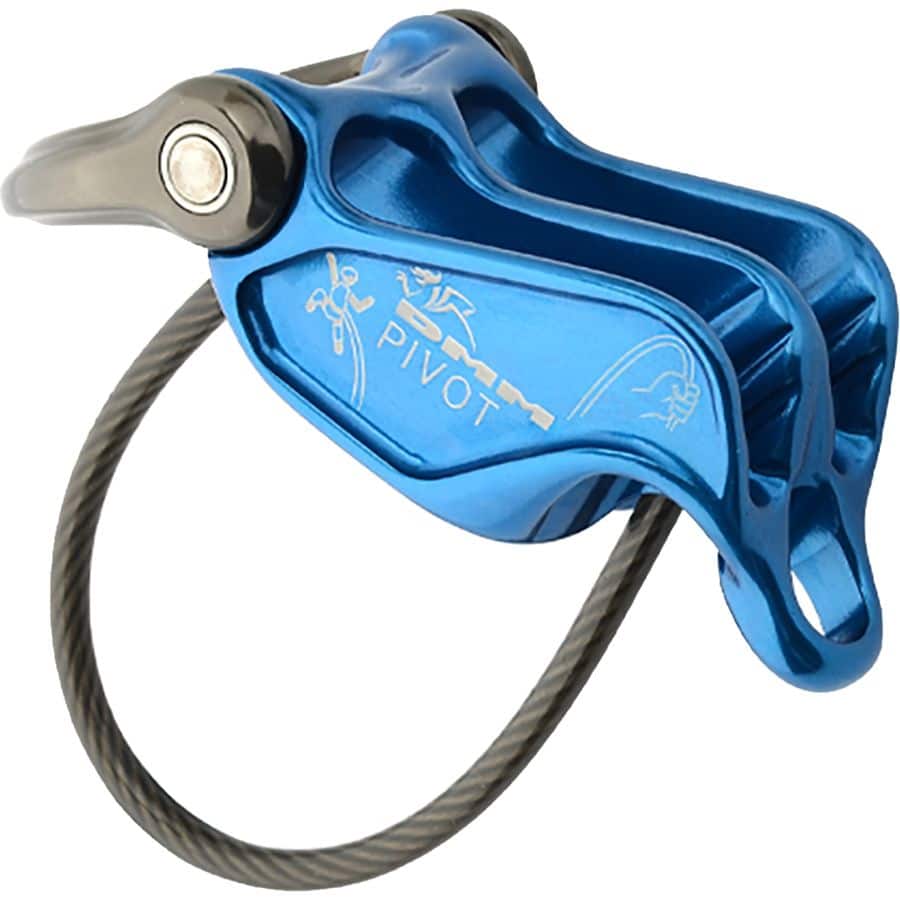Running on a treadmill at a local rec center, I noticed two young teenagers set up beneath the gym’s little 25-foot climbing wall.
They had no climbing equipment, and clearly no understanding of safety but they were gung-ho. One of the kids looped the top-rope around his waist a few times, tied an overhand knot, and launched up the wall. His friend, meanwhile, “belayed” the other side by wrapping consecutive coils of rope around his own waist, spinning in circles as slack came to him. When he ran out of room on his waist, he started wrapping the rope around his right arm.
Horrified but also very amused by this spectacle—writers love it when idiots recklessly endanger their own lives; it’s like a gift!—I ran over to stop this slow-motion tragedy from progressing any further. Upon reaching the “belayer,” however, I suddenly found myself at such a loss of words that I didn’t know where to begin. They weren’t climbers, after all. They weren’t even wearing harnesses. Was I really going to try to explain to them the concept of using a “GriGri”?
Instead, all I could come up with was:
“No, no, no, you’re doing it all wrong,” I said. “You want to belay like this.” And I proceeded to show this kid how to hip belay.
“Ah!” he said, a lightbulb going off. He thanked me and carried on, and I ran outta there before I could be held liable.
Although the hip belay is indeed the original tried and true technique, there are thankfully far better belay devices out there that will help you keep your partners safe—and alive.
Here’s what you really need to know about belay devices.
Belay Devices and Skills
Before diving into the kind of belay devices you need and why, I want to say a few words about how your choice of device informs the technique you will use.
I think many new climbers get the impression that there is only a single “right” way to belay. They probably get this idea from gyms, where draconian belay tests mandate everyone demonstrate the gym’s one and only approved hand sequence / technique.
There are some correct principles for safe and effective belaying, which are universal, but it’s not true to say there is only a single proper way to belay. There are a few ways to do it right, and nuances to each method that depend on which device you are using.
What is an “ATC”?
ATC refers to the Black Diamond Air Traffic Controller belay device, the first device of this kind, which subsequently became the proprietary eponym for any kind “tubular-style” belay device.
Easy as ATC
ATC-style belay devices are the most basic, cheapest, and generic belay / rappel devices on the market, and I believe all climbers should really spend time learning how to use these devices first before learning how to belay on any other device.
The reason why is because these devices help you really understand how belay devices work—as well as universal principles such as how to keep your brake hand on the rope, and why that’s so important.
Start by learning how to belay top-roping climbers. Learn how to rappel on ATC-style devices. And learn how to lead belay with them. It shouldn’t take all that long to learn these skills, but they are nevertheless essential to master first.
Which ATC should I get?
For all intents and purposes, all ATC-style devices, across all the brands, are all great and they’re all basically the same. Note: this characterization does not include ATCs with “guide mode” capabilities such as the Petzl Reverso (more on this category later.) Devices like, of course, the Black Diamond ATC or the CAMP Shell are both equally capable beginner ATC devices.
Some ATCs have notched grooves that give you better lowering / rappelling control. If you haven’t bought a belay device yet, I’d recommend getting one with these grooves—the Black Diamond ATC-XP, the Mammut Crag Light, or the Petzl Verso are all great options.
All ATCs demand being paired with an “HMS” locking carabiner, which is an acronym for the German word “halbmastwurfsicherung,” which of course and obviously translates to “half clove hitch belay” (i.e., Munter hitch). If that’s confusing, don’t worry about it. Just know that most climbers will know what you mean if you ask for an HMS carabiner.
There are a million of these fat puppies on the market, but I think the DMM Big Boa HMS is the best, as I think that DMM makes the highest quality carabiners in general.
It’s important to note that not just any locking carabiner will do here. Little lightweight D-shaped or even small pear-shaped locking carabiners aren’t going to cut it. You want a big fat fucker with a wide-enough radius to give you the control you need—the control your daddy never gave you as a child. The control you deserve. Now say the safe word again: halbmastwurfsicherung!
Graduating to the Petzl GriGri

After you’ve mastered the basics of the ATC, you’ll want to graduate to a Petzl GriGri for most of the belaying you do, especially single-pitch sport climbing, single-pitch trad cragging, top-roping, and gym climbing. (Note you’ll still need an ATC-style device for multi-pitch and rappelling.)
The GriGri is categorized as an “assisted braking” belay device for single ropes. This means that the device gives you a little bit of assistance in holding the weight of your climbing partner as they hang on the other end of the rope.
With the GriGri, when a climber falls or hangs on the other end of the rope, a cam inside the device engages and pinches down on the rope automatically. That cam can only be released by unweighting it via the lever on the device.
What about other Assisted-Braking Devices?
Sorry, but just no.
The Petzl GriGri is the only device you should consider in this category. Yes, there are a few other assisted-braking devices on the market now, but none of them are even close to be as good as the GriGri. Don’t listen to what “crushboi92” says on the Mountain Project forum about the Trango Vergo. Just get a GriGri.
More on the GriGri …
Lead belaying on a GriGri demands a certain nuanced technique. If you’ve ever heard of stories of people getting “dropped on a GriGri” it’s because people are doing it wrong.
Petzl has a great video series that show how to use the GriGri. I have my own technique which I actually think is even better, and one of these days I’ll write it up.
Unlike with ATC devices, you don’t need an HMS locking carabiner. In fact, many HMS carabiners are too fat to use with the GriGri. I recommend pairing your GriGri with the DMM Rhino carabiner, which has a little horn on its spine to prevent the GriGri from cross loading. (Get the red gate, which automatically locks.)
”Guide-mode” ATCs
If you’re going to be leading multi-pitch climbs, you’ll want to get an ATC that allows you to belay your second directly off the anchor. Rigging the belay device off the anchor in guide-mode has many advantages. The first is that in this configuration the belay device becomes an assisted-braking device by pinching the rope down upon itself in the event that your second falls. This gives you the freedom to be looser with what your hands are doing, so you can be more attentive to stacking the rope and preventing clusterfucks, hence allowing you to move faster on multi-pitches. Finally, these devices can really speed up anchor transitions if you’re swinging leads.
I’m fairly sure that the Petzl Reverso was the first device to market with this design, and it remains one of the best. The others are equally great, too, and I can highly recommend both the Black Diamond ATC-Guide and the Mammut Bionic Alpine Belay Device.
One thing you need to know is that it can be hard to lower the second climber if they are weighting the rope. The DMM Pivot Belay Device makes it significantly easier to lower climbers than other devices, which is why I’d recommend getting this one out of the three aforementioned devices.
Note that guide-mode requires two locking carabiners. You can almost certainly get away with one big fat HMS-style carabiner, and then one smaller, lighter D-shaped or pear-shaped locker.
Other Options
Are there other belay options out there? Yes, of course. There are the classic figure-8 style devices, such as the Edelrid Hannibal and the Sterling ATS, which may be better for speed-rapping out of a Black Hawk chopper … but why would you get one of these devices over the above recommendations?
There are also niche assisted braking devices like the Black Diamond ATC-Pilot and the Mammut Smart 2.0, but why would you get one of these when the GriGri is just so much better?
Don’t make belaying more complicated than it needs to be.
To review:
- Get a basic ATC if you are a rank beginner so you can learn how to top-rope belay, lead belay, and rappel.
- After you learn these skills, get one Petzl GriGri and one guide-mode ATC of your choice. These are the only two kinds of belay devices you need.
Happy belaying.








Really? Don’t look at any other assisted breaking devices? Is this sponsored by Pretzl? You make yourself look less credible by refusing to look at any other options out there.
I’ve used them all. That’s why I’m making this recommendation
As a belay instructor I disagree. I’ve seen too many people with bad belay technique because of the grigri. Dropping the brake rope, poor form on the pbus motion, short roping on lead.
I use the megajul myself and would recommend that most. But I also have a normal atc and a grigri 2.
How to pay out slack with a GriGri:
Hold the device with the brake hand while maintaining control of the brake strand
Use either a finger or thumb of the brake hand to release the cam while simultaneously pulling on the climber strand. Be careful to do this quickly as the device is disengaged while doing it.
How to pay out slack with a ATC Pilot / Smart 2.0:
Pull on the rope
Yes why would we make belaying more complicated. We clearly should only consider the heavier and more expensive device.
Great article, well written and a good guide for selecting your ATCs and GriGris